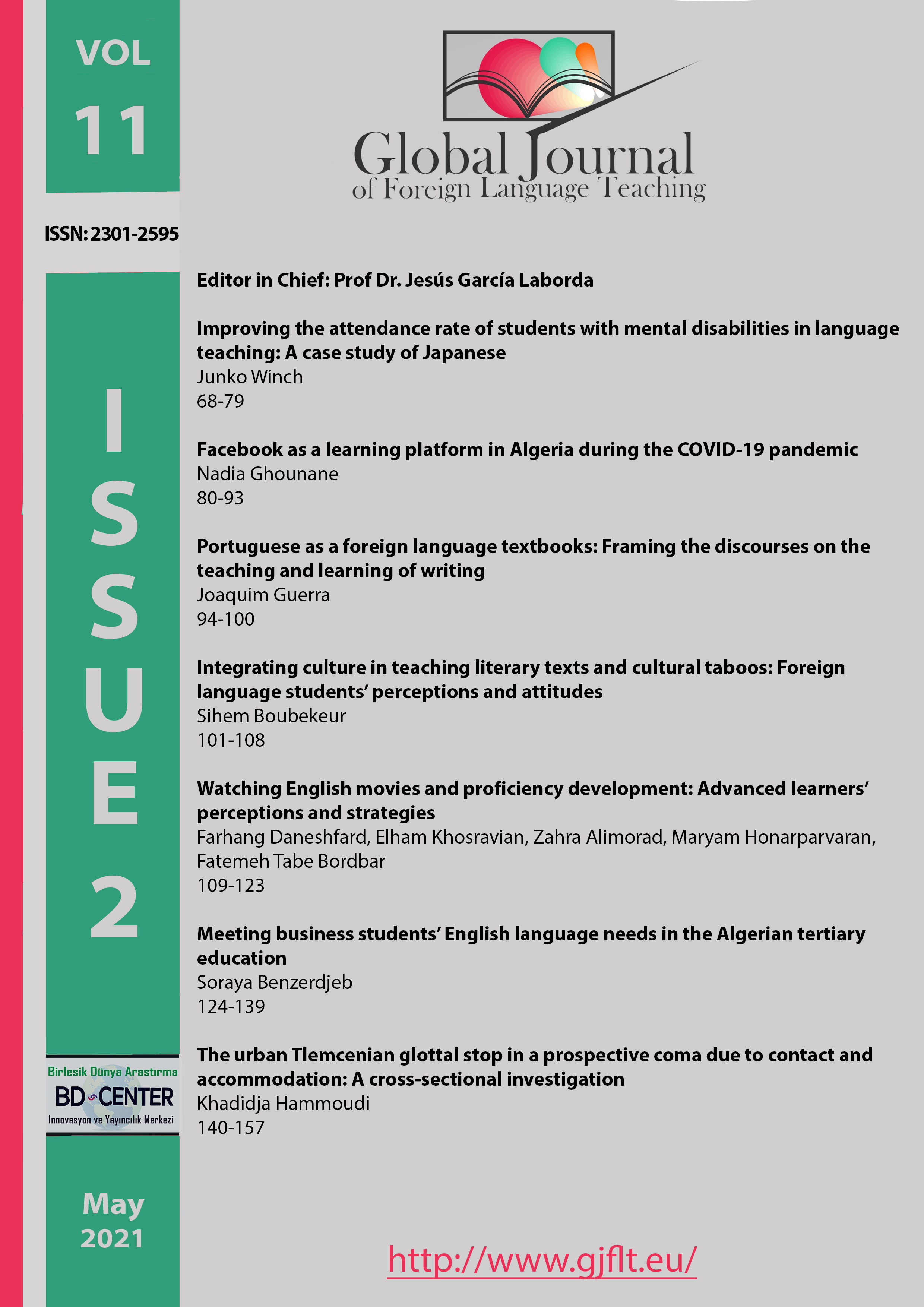Improving the attendance rate of students with mental disabilities in language teaching: A case study of Japanese
Main Article Content
Abstract
The purpose of this study was to investigate if it is possible to improve the attendance rate of undergraduate students with mental disabilities. This paper begins by reviewing attendance and learning from long- versus short-term concepts. The participants included 12 students with mental disabilities who studied Japanese at a British university in the South East of England in the 2018/2019 and 2019/20 academic years. The study used mixed methods using quantitative students’ attendance rates and student’ written and verbal comments. Data analysis for attendance rates were conducted by calculation and for student’ written and verbal comments we used qualitative data analysis. The results showed that the average attendance rate over the years and the data also showed positive results. The study concludes that it is possible to improve the attendance rates of students with mental disabilities. This study may be of interest to anyone who is involved with and support students with mental disabilities.
Keywords: Attendance, higher education, Japanese, language learning, students, mental disabilities.
Downloads
Article Details

This work is licensed under a Creative Commons Attribution 4.0 International License.
Authors who publish with this journal agree to the following terms:- Authors retain copyright and grant the journal right of first publication with the work simultaneously licensed under a Creative Commons Attribution License that allows others to share the work with an acknowledgement of the work's authorship and initial publication in this journal.
- Authors are able to enter into separate, additional contractual arrangements for the non-exclusive distribution of the journal's published version of the work (e.g., post it to an institutional repository or publish it in a book), with an acknowledgement of its initial publication in this journal.
- Authors are permitted and encouraged to post their work online (e.g., in institutional repositories or on their website) prior to and during the submission process, as it can lead to productive exchanges, as well as earlier and greater citation of published work (SeeThe Effect of Open Access).
